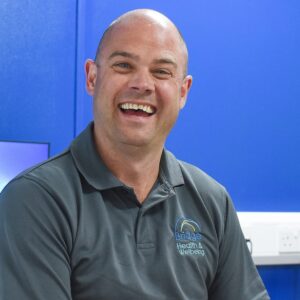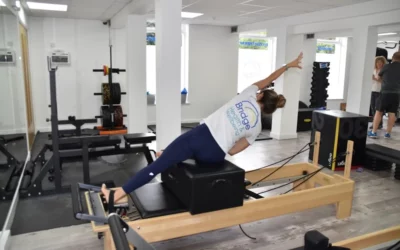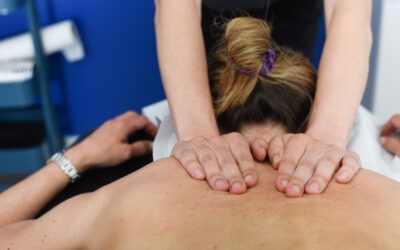The ankle
Ankle sprains are one of the most common injuries we see. Usually involving the foot and ankle turning inwards (inversion) and damaging at least one of the ligaments on the outside of the ankle. It is possible to twist the ankle outwards (eversion), but this is far less common. We must always be aware that recurrent ankle sprains can lead to “chronic ankle instability”, so getting good treatment and rehabilitation after the initial injury is very important.
Inversion Ankle Sprains:
When the foot rolls under and you twist your ankle, the toes are usually slightly pointed (in plantaflexion), meaning the ligament towards the front (the anterior talo-fibula ligament) is the one that usually gets injured. We do see calcano-fibula ligament injuries as well, but posterior talo-fibula ligament injuries are not common at all.
Eversion Ankle Sprains:
Due to our anatomy and the usual mechanism of injury around the ankle, it is far less common to see eversion ankle injuries. There are a number of ligaments on the inside of the ankle that are grouped together, called the deltoid ligament.
Ligament Injury Grading:
We use a 3-level grading system when we diagnose ligament injuries:
- Grade 1 (mild) will have microscopic stretching or tearing of the ligament fibers, with no joint instability.
- Grade 2 (moderate) is a partial tear of the ligament, which will have noticeable pain and/or swelling and potentially some joint instability.
- Grade 3 (severe) a complete rupture of the ligament will show significant pain and swelling with joint instability.
Mild and moderate sprains are usually treated conservatively and can take 6-8 weeks to resolve. If we suspect a complete rupture, we will always seek an orthopaedic opinion.
Treatment:
At Bridge Health & Wellbeing, we recommend starting treatment as close to the injury as possible:
Early – we work on controlling swelling, pain, gently work on range of motion as well as balance, as early as possible.
Mid – restoration of a full range of motion and strength. Progression of balance exercises and start impact activities like running.
Late – work through higher level balance exercises, plyometric exercises and return to play drills.
If you have had an ankle sprain and are struggling with your recovery, please do get in touch with us at Bridge Health & Wellbeing, Christchurch, Dorset, as we can definitely help.




